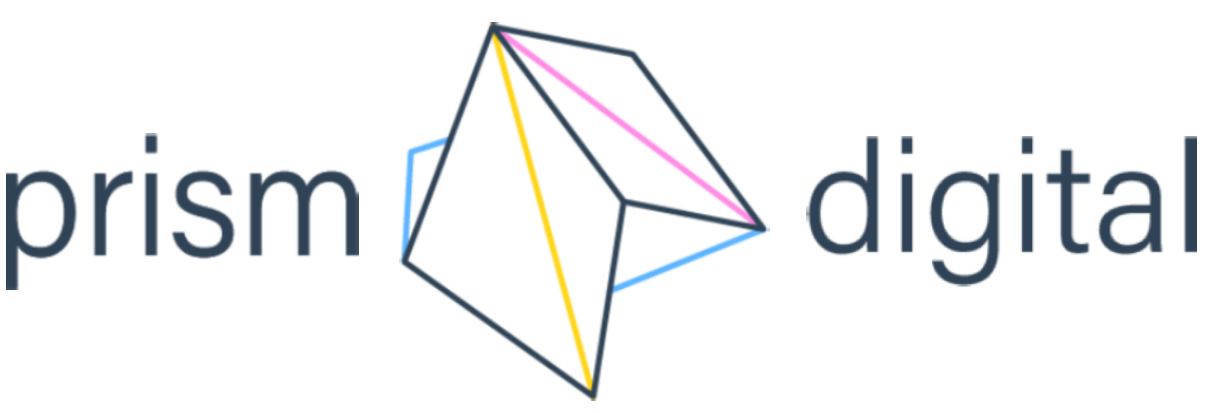Nowadays, creating content that actually gets engagement can feel like throwing darts in the dark. But the secret sauce to virality isn’t just luck—it’s about using the right content formats that are designed to grab attention, spark conversations, and encourage shares.
So, what are the formats that make people stop scrolling and start engaging? Let’s dive into the most effective viral-worthy content types, with real examples to back them up.
1. Short-Form Video: The Queen of Engagement
According to Wyzowl's 2025 Video Marketing Statistics report, 91% of consumers expressed a desire to see more videos from brands. And there’s no denying it—short-form videos dominate social media. With TikTok, Instagram Reels, and YouTube Shorts exploding in popularity, people crave quick, entertaining content that delivers value in seconds.
Why It Works:
- Easy to consume
- Encourages comments & shares
- Algorithm-friendly (platforms prioritize video content)
Example:
- Duolingo on TikTok – The language-learning app has mastered short-form, using its mascot Duo in humorous and sometimes borderline chaotic videos. The result? Millions of likes and shares, plus an engaged community that loves the brand’s personality.
2. Interactive Content: Get Your Audience Involved
People don’t just want to watch—they want to participate. Interactive content turns passive viewers into active participants, making them more likely to engage and share.
Best Formats:
- Polls & Quizzes (Instagram Stories, LinkedIn, BuzzFeed-style quizzes)
- “Choose Your Own Adventure” Threads (Twitter/X)
- AR Filters & Challenges (Snapchat, Instagram)
Example:
- Spotify Wrapped – Every December, Spotify dominates social feeds with personalized listening stats, making users eager to share their results. The interactivity drives massive engagement and FOMO.
3. Behind-the-Scenes (BTS) & Raw Content: Authenticity Wins
Highly polished, corporate-style content is out—real, unfiltered, and behind-the-scenes content is in. Audiences love brands that show transparency, personality, and the real people behind the business.
Why It Works:
- Builds trust and relatability
- Shows the brand’s human side
- Feels exclusive and genuine
Example:
- Ryanair on TikTok – The airline posts funny, self-deprecating BTS content using trending sounds, making the brand highly relatable despite being a budget airline.
4. User-Generated Content (UGC): Let Your Audience Do the Work
User-generated content is the ultimate form of social proof. When real people share their experiences with your brand, it’s more authentic and persuasive than any ad campaign.
How to Leverage UGC:
- Encourage customers to share photos/videos using a branded hashtag
- Feature UGC in stories, reels, or website testimonials
- Run UGC contests to incentivize participation
Example:
- Coca-Cola’s “Share a Coke” Campaign – By printing people’s names on Coke bottles, Coca-Cola encouraged millions to snap photos and share them online, creating a viral global movement.
5. Listicles & “Hook” Headlines: Click-Worthy & Shareable
Listicles and hook-driven headlines work because they promise quick, valuable insights—and people can’t resist clicking.
Winning Formulas:
- “X Things You Didn’t Know About…”
- “The Ultimate Guide to…”
- “X Reasons Why…”
Example:
- BuzzFeed’s Viral Listicles – “27 Things Only Coffee Lovers Will Understand” may seem simple, but these types of headlines generate massive shares because they cater to niche communities.
6. Meme Marketing: The Internet’s Love Language
Memes are cultural currency. If you can tap into internet humor while aligning with your brand, you’ll get instant engagement.
Why It Works:
- Highly relatable & shareable
- Fast, low-effort, and high impact
- Appeals to younger audiences
Example:
- Netflix’s Meme Strategy – Netflix frequently uses reaction memes to promote new shows, often pulling from pop culture moments their audience is already talking about.
7. Controversial or Debate-Driven Content: Start the Conversation
People love to share their opinions—especially when they feel strongly about a topic. Thought-provoking content that sparks discussion (without being offensive) is a great way to drive engagement.
Best Approaches:
- “Unpopular Opinion” posts
- “This or That” comparisons
- Debating industry trends
Example:
- Nike’s Colin Kaepernick Ad – By taking a stand on social justice, Nike generated a storm of conversation, increasing both brand loyalty and engagement.
Final Thoughts: What Makes Content Truly Engaging?
It’s not just about choosing the right format—it’s about understanding why people engage. Content goes viral when it:
- Elicits Emotion (laughter, nostalgia, excitement, outrage)
- Feels Personal (relatable, speaks directly to the audience)
- Encourages Participation (comments, shares, reactions)
- Leverages Trends (timely, relevant, culturally aware)
The best part? You don’t have to reinvent the wheel. Use these proven content formats, test them out, and see what resonates with your audience.
.png?width=200&height=73&name=Logo(1).png)


